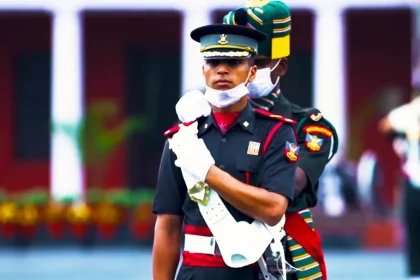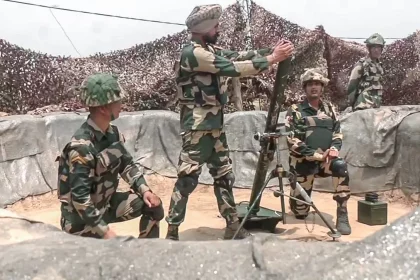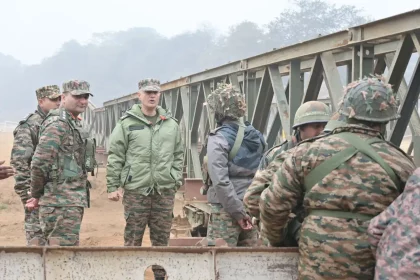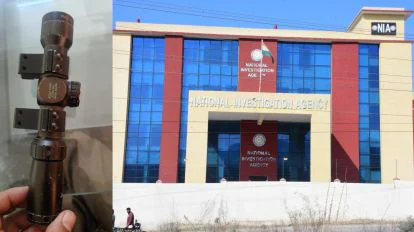TGC 143 SSB Interview Dates Out Now
Date Selection Link Activated for Shortlisted Candidates; Interviews Scheduled for July 2026 Course.
Nine Jaish Terror Launch Pads Revived Across International Border After Operation Sindoor: BSF
BSF Tightens Counter-Infiltration Grid in Jammu Sector as JeM Regroups Near Border.
Indian Army to Induct One Lakh Indigenous 9-mm Pistols to Boost Close-Quarter Combat Capability
RFI Issued Under Make-in-India to Replace Legacy Sidearms and Standardise Modern Infantry Weapons.
Major General Naveen Mahajan Reviews Training at Annual CETC of Golden Key Sappers
GOC Commends Mission-Oriented Training, Urges Innovation and Future Readiness.
Chinese Rifle Telescope Found Near NIA Office in Jammu, Security Agencies on High Alert
Recovery Near Key Installations Raises Infiltration Fears Amid Intelligence Inputs and Ongoing Area Domination Operations.
Recruit Nursing Assistants Attested into Army Medical Corps at AMC Centre & College, Lucknow
Ceremonial Parade Marks Completion of Rigorous Training, Boosting Army’s Frontline Medical Capability.






